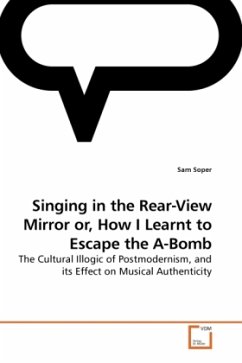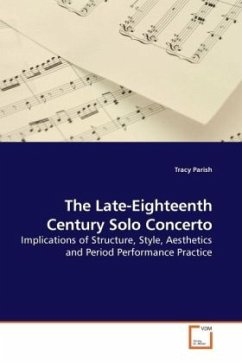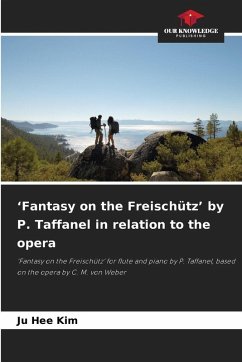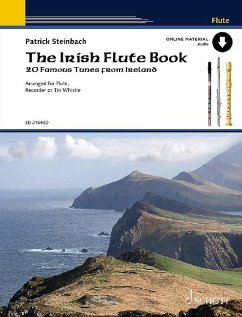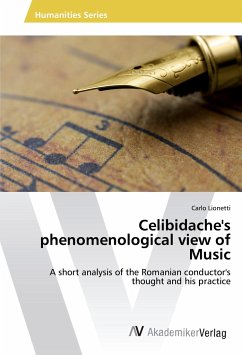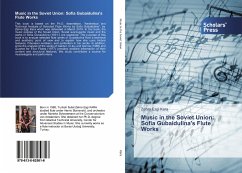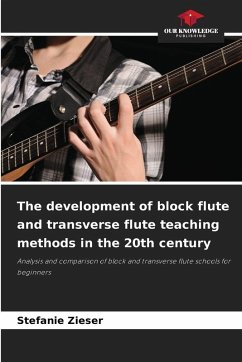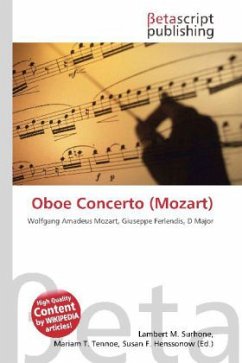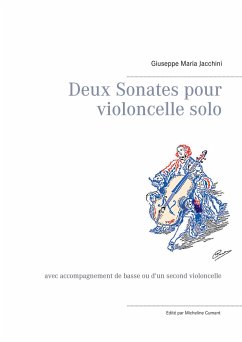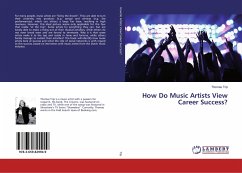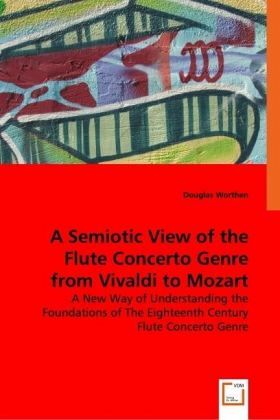
A Semiotic View of the Flute Concerto Genre from Vivaldi to Mozart
A New Way of Understanding the Foundations of The Eighteenth Century Flute Concerto Genre
Versandkostenfrei!
Versandfertig in 6-10 Tagen
32,99 €
inkl. MwSt.

PAYBACK Punkte
16 °P sammeln!
A SEMIOTIC VIEW OF THE FLUTE CONCERTO GENRE FROM VIVALDI TO MOZART BY DOUGLAS E. WORTHEN - Structural designs that grew around the basic framework of the eighteenth century flute concerto genre can only be seen when studying a number of concerti at once, using common criteria for evaluation and analysis. Semiotic charts show how these works were varied and refined over the fifty-year period being investigated, beginning with Antonio Vivaldi's Flute Concerti, Op. 10, including the concerti of Naudot, Blavet, Quantz, C. P. E. Bach, J. C. Bach, and concluding with the concerti of Wolfgang Amadeus...
A SEMIOTIC VIEW OF THE FLUTE CONCERTO GENRE FROM VIVALDI TO MOZART BY DOUGLAS E. WORTHEN - Structural designs that grew around the basic framework of the eighteenth century flute concerto genre can only be seen when studying a number of concerti at once, using common criteria for evaluation and analysis. Semiotic charts show how these works were varied and refined over the fifty-year period being investigated, beginning with Antonio Vivaldi's Flute Concerti, Op. 10, including the concerti of Naudot, Blavet, Quantz, C. P. E. Bach, J. C. Bach, and concluding with the concerti of Wolfgang Amadeus Mozart. Comparisons spring from Quantz's description of "A serious concerto for a single solo instrument with a large accompanying body requires the following characteristics in its first movement." Historical, hermeneutic, and analytical perspectives of these works are presented, with an appended chapter on ornamentation and performance practice. Submitted in partial fulfillment of the requirements for the Degree Doctor of Musical Arts, The Hartt School, University of Hartford September 29, 2007.



